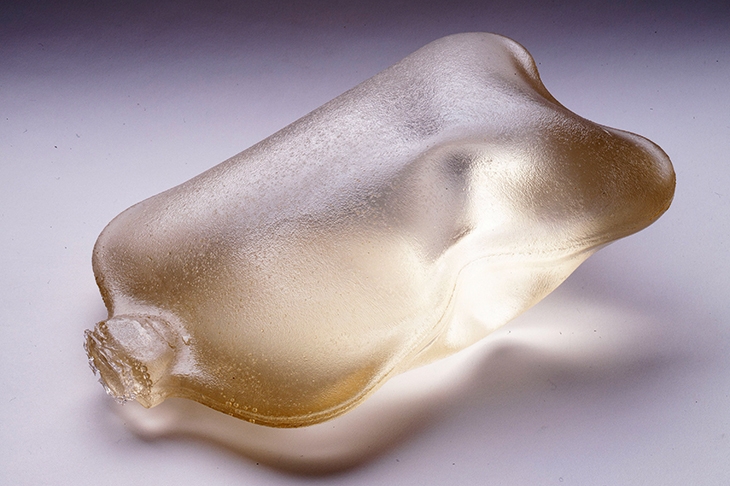Rachel Whiteread is an indefatigable explorer of internal space. By turning humble items such as hot-water bottles and sinks inside out — that is, casting the cavities — Whiteread has accomplished one of the traditional tasks of art: revealing structure, beauty and mystery in the everyday. Her work is a remarkable contribution to an overlooked genre: the sculpture of inanimate things or still-life statuary.
Nonetheless the large-scale, mid-career Whiteread retrospective at Tate Britain, which ought to be a triumph, does not quite come off. Ironically, since her idiom is derived from minimalism, the exhibition fails to observe the law that less is more.
This is a common problem with museum displays of all kinds — people are tempted to show too much — but it is particularly acute with objects that are pared down to a simple essence. A room jam-packed with paintings can look marvellous — depending, of course, on what they are. But a gallery containing an assortment of minimalist sculptures — a Donald Judd box, some Carl Andre bricks, a Flavin light piece — always ends up looking cluttered, like the stockroom of a DIY megastore. And that’s what has happened with the Whiteread show.
For this, Tate Britain has opened up a whole suite of galleries on the main floor to form one large space — which probably seemed a good idea since some of the works are on a very large scale (a cast of a complete stairwell, for instance). The objects she has chosen to cast over the years vary in size from entire buildings to toilet rolls.
There’s nothing wrong with making sculpture by casting rather than carving or modelling: it can produce remarkable results. But in aggregate the effect here is repetitive.








Comments
Join the debate for just £1 a month
Be part of the conversation with other Spectator readers by getting your first three months for £3.
UNLOCK ACCESS Just £1 a monthAlready a subscriber? Log in